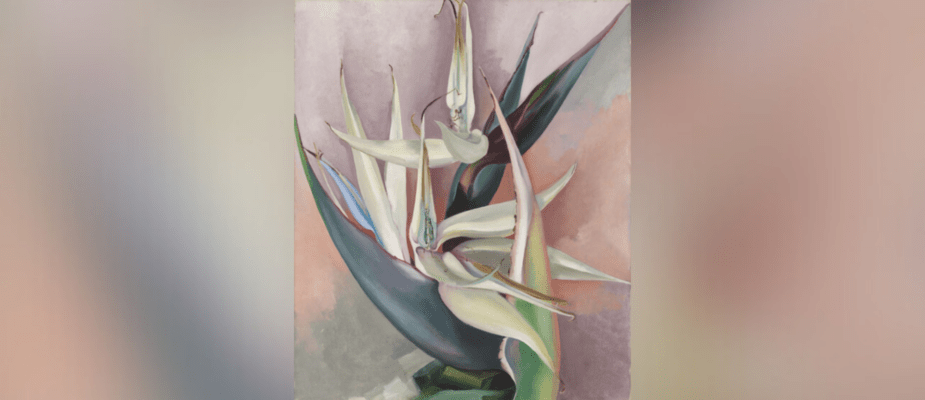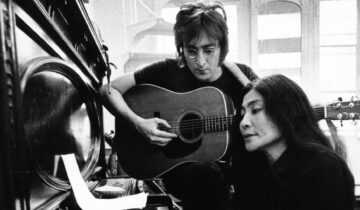By Kristen Pignuolo, Curatorial Assistant
In honor of International Women’s Day on March 8 and the opening of Magnificent Beauty: Georgia O’Keeffe and the Art of the Flower on March 9, we want to highlight the two artists featured in the exhibition: Georgia O’Keeffe (1887-1986) and Imogen Cunningham (1883-1976). While O’Keeffe and Cunningham lived on opposite coasts of the United States and worked in different mediums (O’Keeffe primarily in oil painting and Cunningham in photography), both women were pioneers of American Modernism, an early twentieth-century movement in which artists sought to create art that reflected life in the modern, industrialized world, often through the use of new and innovative artistic mediums and techniques.
O’Keeffe, one of the most recognized artists of the twentieth century, is often called the “mother of American Modernism.” She is perhaps best known for her paintings of the New Mexican landscape and radical depictions of flowers, works in which O’Keeffe reduced her subjects to their fundamental shapes to focus on their essential forms and vivid colors. However, her work has often been interpreted in a manner she did not intend, due in part to her husband, the art critic and gallery owner Alfred Stieglitz. Early in O’Keeffe’s career in New York, Stieglitz “exploited O’Keeffe’s femininity, establishing her mythic status through a Freudian vocabulary that positioned her as a woman artist who embodied the female principle in her art.”1 Although this marketing strategy was useful in promoting O’Keeffe and her work, it did contribute to some art critics associating her flower paintings with imagery of genitalia. In response to these interpretations, O’Keeffe asserted that she did not share these associations, stating that she simply wanted others to take the time to view flowers as she did.2
During the same period on the West Coast of California, Cunningham took photographs that ranged from portraiture and nudes to botanical images and landscapes. She was also a member of f/64, a group of San Francisco Bay Area photographers who celebrated the camera’s ability to capture reality with clarity and detail, sometimes called “straight photography.” Cunningham utilized this particular style and photographed her botanical subjects with such precision that the images have been used by horticulturists to study different plant species. She was also part of a network of women artists, including photographer Dorothea Lange and sculptor Ruth Asawa, who supported each other, both emotionally and professionally. In 1913 (early in her career), Cunningham wrote an article titled “Photography as a Profession for Women” where she urged more women to become photographers and demanded that their work be judged by the same standards as their male counterparts.
The exhibition Magnificent Beauty: Georgia O’Keeffe and the Art of the Flower examines explorations of flowers in painting and photography by O’Keeffe and Cunningham, highlighting their unique interpretations and demonstrating how each artist transformed the traditional subject with a modernist, and at times abstracted, take on the natural world.
Make sure to see works by O’Keeffe and Cunningham in person in Magnificent Beauty: Georgia O’Keeffe and the Art of the Flower, opening March 9.
1 Fryd “Georgia O’Keeffe’s “Radiator Building”: Gender, Sexuality, Modernism and Urban Imagery” p. 270.
2 Lloyd Goedrich and Doris Bry, Georgia O’Keeffe (New York: Praeger Publishers, 1970), pp. 18-19.










